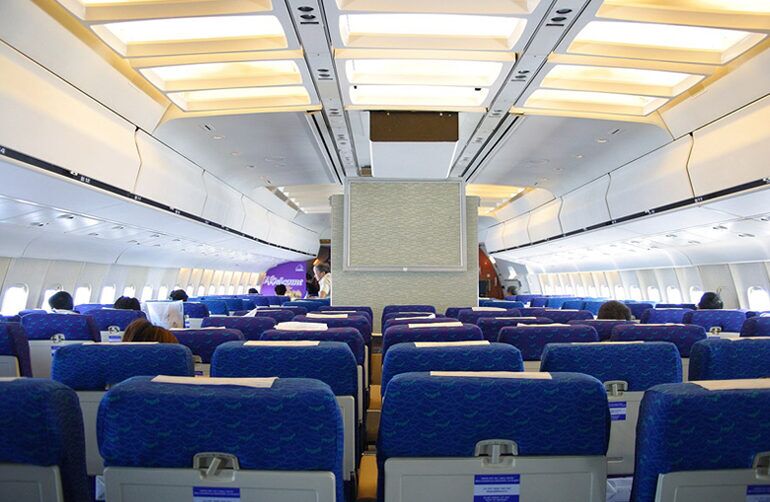The aerospace industry, it could be said, currently finds itself in a bit of a bind. In the wake of the Covid-19 pandemic, more and more people are wanting to fly and travel again after a lengthy period where this was difficult, if not impossible. However, awareness of the environmental impact of flying is also on the rise, leading some to shun plane travel in favour of greener modes of transport. This, coupled with increasing pressure from environmental groups and government emissions targets, leaves the aerospace industry in need of innovative thinking to not only stay relevant, but even become a driver of change.
The Role of Adhesives in Pioneering Innovation
Adhesives are a key focus area for aerospace manufacturers where this much-needed innovation is coming to the fore. One example of this is in lightweighting. A lighter aircraft is a greener aircraft, needing less fuel and therefore emitting less CO2. Knowing this, aerospace manufacturers are turning to composite and other lightweight materials for some of their aircraft parts, and bonding these parts together with adhesives rather than using mechanical fasteners. Composite adhesives help to ensure not only a lighter end product, but also one that is tough and durable. In future, the direction of travel seems to be towards ever greater lightweighting. This means further reducing the use of fasteners and a greater reliance on chemically bonding composite materials together.
There have been several breakthroughs in composite adhesives over the past years. The ones most important for the aerospace industry are increases in strength and toughness. This increased strength allows not only for lightweighting but also ensures the maintenance of structural soundness and integrity. Another key composite adhesive innovation to keep an eye on are nanocomposite adhesives. These contain nanoparticles that enhance the mechanical properties of the adhesive, in addition to offering higher strength and thermal stability.
The Importance of Fire Retardancy and REACH Compliance
Fire and heat resistance are further key requirements when building an aircraft. Nowadays, adhesives need to not only be fire-retardant, but also meet low smoke and toxicity (LST) requirements, which pose a challenge to adhesive manufacturers. These requirements naturally exist with safety in mind, and mean that aircraft manufacturers have to choose materials that help to slow down the spread of fire, as well as make sure any adhesives used meet stringent safety requirements. The same goes for heat, especially for adhesives used near engines or other high-temperature areas – any adhesives used here need to be able to withstand very high temperatures. This is driving adhesive innovation as companies continue to develop ever-tougher products that are able to fulfill this demand. At Permabond, we offer several very high-heat resistant adhesives that meet stringent fire retardancy requirements.
Another key consideration to be borne in mind by manufacturers are REACH regulations. These are EU regulations that surround the use of chemicals and their handling, with the aim of safeguarding human health. Manufacturers, especially those who produce or sell products in the EU, must legally abide by these requirements. Therefore, any adhesives that are used in production also need to be REACH compliant. This poses a challenge for certain types of adhesives such as polyurethanes, which contain di-isocyanates and are subject to stricter rules surrounding their use. This has led to adhesive innovations in foaming adhesives made without the use of these chemical compounds.
The Future of Aerospace Adhesives
With demand for air travel continuing to rise, so will demand for aerospace adhesives. The aerospace adhesives market is set to grow to a value of $1.4 bn by 2031, up from $900 million in 2021. There will be a continued need for new aircraft to replace older planes still in use, as well as provide for the ever-growing demand for flights. Adhesives will need to evolve to meet the needs of these more modern planes. The innovations in aerospace adhesives discussed above, as well as others, will help to drive this change and meet demand.
To discuss your aerospace or any other project needs, please contact Permabond.
Let’s Discuss Your Project.
"*" indicates required fields
Products
Technical Support
Permabond will help you select the right adhesive for your application.

